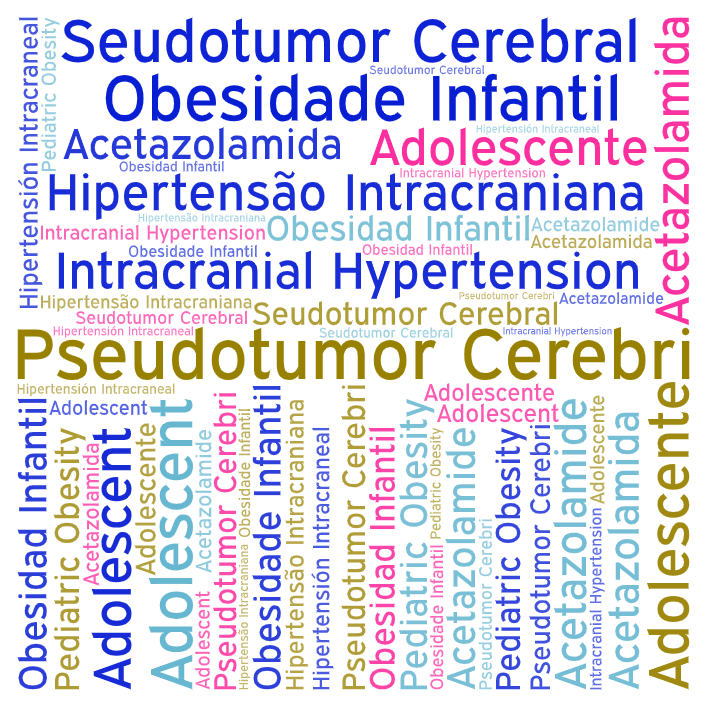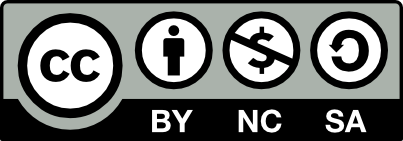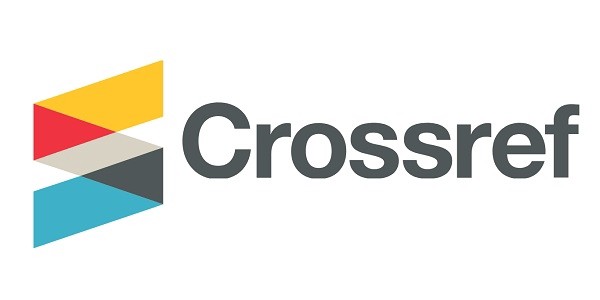Pseudotumor cerebriin a severely obese adolescent girl. Case report
DOI:
https://doi.org/10.35954/SM2025.44.2.6.e502Keywords:
acetazolamide, adolescent, intracranial hypertension, pediatric obesity, pseudotumor cerebriAbstract
Introduction: Pseudotumor cerebri is characterized by an increase in intracranial pressure without an identifiable secondary cause. It is a rare entity but its prevalence increases in the presence of risk factors such as female sex, obesity or rapid weight gain, polycystic ovary syndrome and smoking. Obesity is the main risk factor attributed in the adolescent population.
Case report: Adolescent with elements of metabolic syndrome presenting with sixth cranial nerve palsy. The diagnostic process of pseudotumor cerebri, its treatment and relationship with modifiable risk factors are described.
Discussion: The most frequently reported symptoms are headache, VI cranial nerve palsy and papilledema in more than 90% of the cases. Without treatment, this neurological syndrome can cause irreversible sequelae, being essential an adequate and timely pharmacological treatment in addition to lifestyle modifications.
Conclusions: Once the disorder has been diagnosed, the most appropriate medical treatment should be selected, with periodic evaluation to monitor the response and possible adverse effects of the drugs used.
To perform a staged and multidisciplinary treatment of obesity as a main risk factor, with particular emphasis on the prevention of pseudotumor of the brain syndrome flare-up.
NOTE: This article was approved by the Editorial Committee.
Received for review: March 2025.
Accepted for publication: June 2025.
Correspondence: Centro Hospitalario Pereira Rosell. Boulevard Artigas 1590. C.P. 11600. Tel: (+598) 2708 77 41 to 44. Montevideo, Uruguay.
Contact e-mail: anaclara.curbelo@gmail.com
Downloads
Metrics
References
Friedman DI, Liu GT, Digre KB. Revised diagnostic criteria for the pseudotumor cerebri syndrome in adults and children. Neurology 2013 Sep 24; 81(13):1159-65. https://doi.org/10.1212/WNL.0b013e3182a55f17.
Monge Galindo L, Pérez Delgado R, López-Pisón J, Olloqui-Escalona A, García Íñiguez JP, Ruiz del Olmo Izuzquiza I, et al. Hipertensión intracraneal benigna. Experiencia de 18 años. An Pediatr 2009; 71(5):400-406. https://doi.org/10.1016/j.anpedi.2009.05.023.
Veiga-Canuto D, Carreres-Polo J. Role of Imaging in pseudotumor cerebri syndrome. Radiologia (Engl Ed). 2020 Sep-Oct; 62(5):400-410. https://doi.org/10.1016/j.rx.2020.05.007
Gaye Saavedra A. Pseudotumor Cerebral. Rev Urug Med Interna [Internet]. 27 de febrero de 2020 [citado 18 de noviembre de 2024];1(3):52-61. Disponible en: https://www.revistamedicinainterna.uy/index.php/smiu/article/view/82
Mosquera Gorostidi A, Iridoy Zulet M, Azcona Ganuza G, Gembero Esarte E, Yoldi Petri ME, Aguilera Albesa S. Pseudotumour cerebri in children: Aetiology, clinical features, and progression. Neurologia (Engl Ed). 2019 Mar; 34(2):89-97. https://doi.org/10.1016/j.nrl.2016.11.003
Rodríguez Temesio G. Obesidad en Uruguay. Es tiempo de actuar. Cir. Urug. [Internet]. 23 de febrero de 2024 [citado 18 de noviembre de 2024]; 8(1):ecir.urug.8.1.4. Disponible en: https://revista.scu.org.uy/index.php/cir_urug/article/view/5767
Yeste D, Arciniegas L, Villalonga R, Fabregas A, Soler L, Mogas E, et al. Obesidad severa del adolescente. Complicaciones endocrino-metabólicas y tratamiento médico. Rev Esp Endocrinol Pediatr 2020; 11 Suppl(1):88-92. https://doi.org/10.3266/RevEspEndocrinolPediatr.pre2020.Aug.593
Kaufman DI, Friedman DI. Should Acetazolamide Be the First-Line Treatment for Patients with Idiopathic Intracranial Hypertension? J Neuro-Ophthalmology 2017; 37(2):182-186. https://doi.org/10.1097/WNO.0000000000000513 PMID: 28376023.
Argañaraz R. Pseudotumor cerebral: protocolo de tratamiento. Rev Argent Neuroc 2011; 25(3):130. Disponible en: https://aanc.org.ar/ranc/items/show/256 [Consulta 25/10/2024].
Pratt JS, Browne A, Browne NT, Bruzoni M, Cohen M, Dakin G, et al. ASMBS pediatric metabolic and bariatric surgery guidelines, 2018. Surg Obes Relat Dis 2018 Jul; 14(7):882-901. https://doi.org/10.1016/j.soard.2018.03.019

Downloads
Published
How to Cite
Issue
Section
License
Copyright (c) 2025 Salud Militar

This work is licensed under a Creative Commons Attribution-NonCommercial-ShareAlike 4.0 International License.
Until 2024 we use the Creative Commons Attribution/NonCommercial Attribution 4.0 International License https://creativecommons.org/licenses/by-nc/4.0/deed.es. Which states that: you are free to share, copy and redistribute the material in any medium or format, as well as to adapt, remix, transform and build upon the material. Under the following terms:
Attribution: you must give proper credit , provide a link to the license, and indicate if changes have been made . You may do so in any reasonable manner, but not in such a way as to suggest that you or your use is endorsed by the licensor.
NonCommercial: you may not use the material for commercial purposes.
As of 2025 authors retain their copyright and assign to the journal the right of first publication of their work, which shall simultaneously be subject to the license https://creativecommons.org/licenses/by-nc-sa/4.0/deed.es that permits sharing, copying and redistribution of the material in any medium or format provided that initial publication in this journal is indicated. Adapt, remix, transform and build upon the material. If you remix, transform, or build from the material, you must distribute your contribution under the same license as the original and may not make use of the material for commercial purposes.
Under the following terms:
1. Attribution: you must give proper credit, provide a link to the license, and indicate whether changes have been made. You may do so in any reasonable manner, but not in such a way as to suggest that you or your use is endorsed by the licensor.
2. NonCommercial: you may not use the material for commercial purposes.
3. ShareAlike: if you remix, transform or build upon the material, you must distribute your contribution under the same license as the original.
PlumX Metrics

























